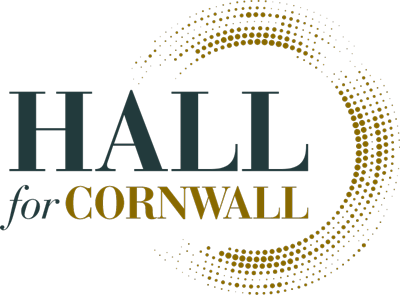


Truro Peace Day Celebrations, 1919
By Daisy Roberts
Peace Day celebrations took place in Truro on the 18th and 19th of July, 1919, marking the formal end to the First World War. Although the conflict on the Western Front had ceased when the armistice was reached on 11th of November, 1918, a formal peace was not agreed until the signing of the Treaty of Versailles on 28th of June, 1919. This official end to the war was celebrated throughout the United Kingdom. As the image shows, King George V declared that a religious thanksgiving be held throughout the British Isles and Empire on 6th of July. In Truro, a service was held in the cathedral. This was followed up by the Peace Day celebrations on the 18th and 19th. London led the celebrations. A large victory parade made its way through the city and the first cenotaph was unveiled in Whitehall. (This temporary structure was so well received that the following year it was replaced with a permanent structure).
In Truro, celebrations spanning the 18th and 19th of July, were attended by the general public, local school children and former soldiers who had served in the war. These celebrations intended to remember the lost, commemorate their sacrifices and celebrate peace. Festivities included speeches, music, food, fancy dress, sports competition, a bonfire and carnival. Events on the 18th were primarily directed at local school children. The postcard shows their attendance at a religious service, delivered from a platform erected outside what is now the Hall for Cornwall building on Boscawen Street. This was followed by sports competition in Boscawen Park in the afternoon.
On the evening of the 18th, at least 500 ex-servicemen were entertained with dinner and a smoking (men-only) concert. Both were held in what is now the Hall for Cornwall building. The Saturday celebrations, on the 19th, began with bell-ringing from both Kenwyn Church and Truro Cathedral. Stood outside of the City Hall on Boscawen Street, the Mayor then read the proclamation of peace. After which, the festivities got into full swing, the parade and adult’s sports competitions began, followed by music in the evening.
These celebrations were enjoyed by all members of the Truro community. Truro City Hall building provided the perfect centre for these festivities, both public and private. A tradition Hall for Cornwall aims to continue on the same site today and in the future.
Images courtesy of the Cornwall Records Office, with thanks to Courtney Library of the Royal Institution of Cornwall for access to local newspaper archives.

